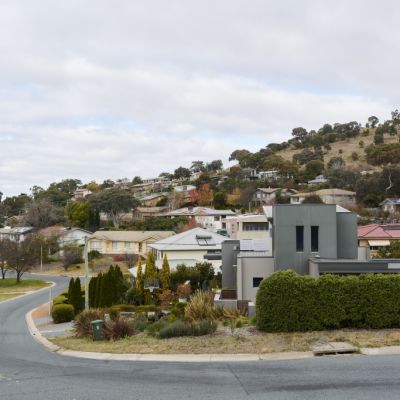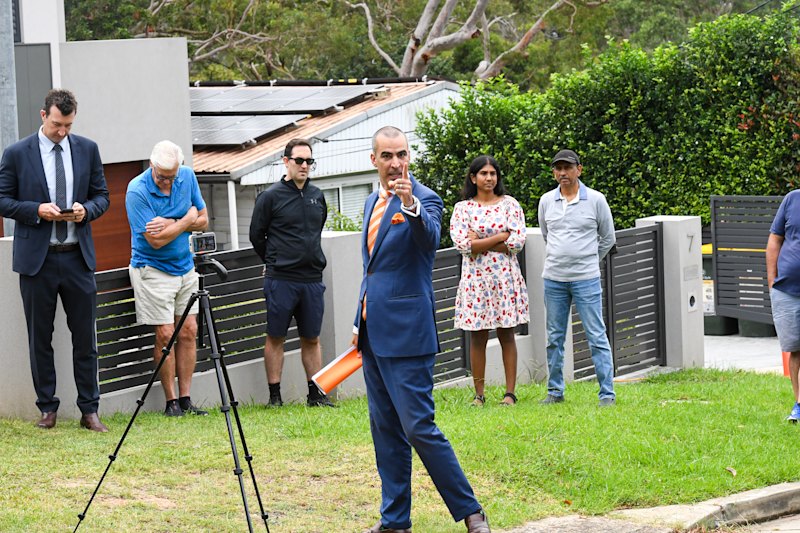The Canberra suburb which has seen the strongest year-on-year price growth
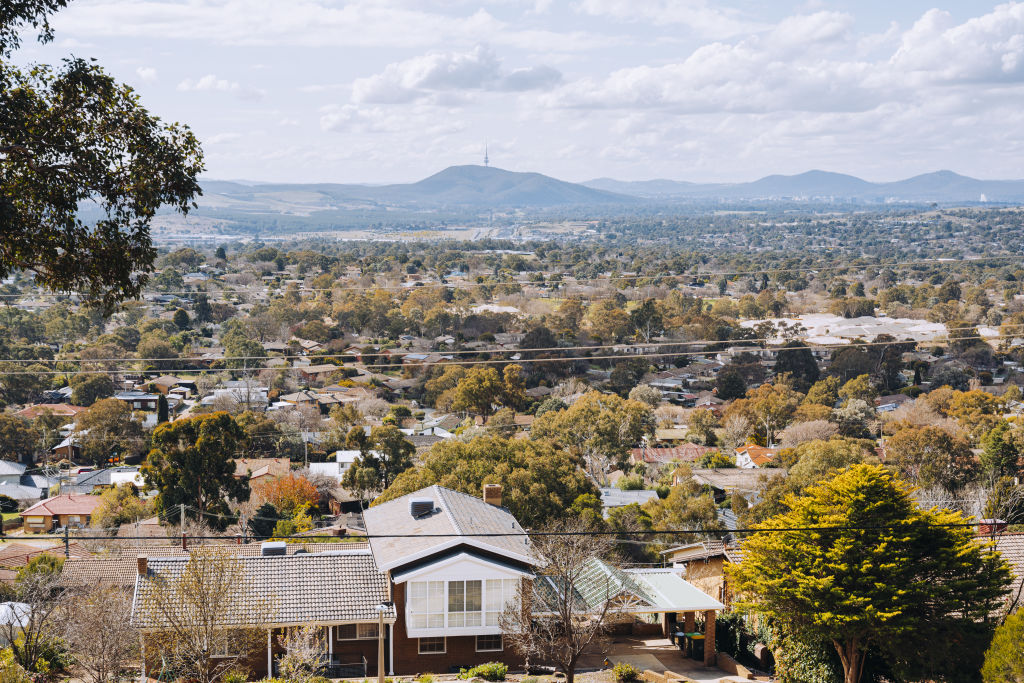
Units in Weston Creek have recorded the strongest price growth in Canberra, according to figures from the latest Domain House Price Report.
While the figures showed overall house prices in the capital declined by 11.9 per cent year-on-year, some suburbs saw increases, with unit prices the stronger performers across the board.
Median unit prices in Denman Prospect posted the greatest price growth, with a 28.7 per cent increase year-on-year. And it was units that dominated the best-performing Canberra suburbs, with median unit price increases also recorded in Franklin (18.7 per cent), Macquarie (12.2 per cent), Phillip (12.1 per cent), Gungahlin (9.6 per cent), and Casey (8.9 per cent).
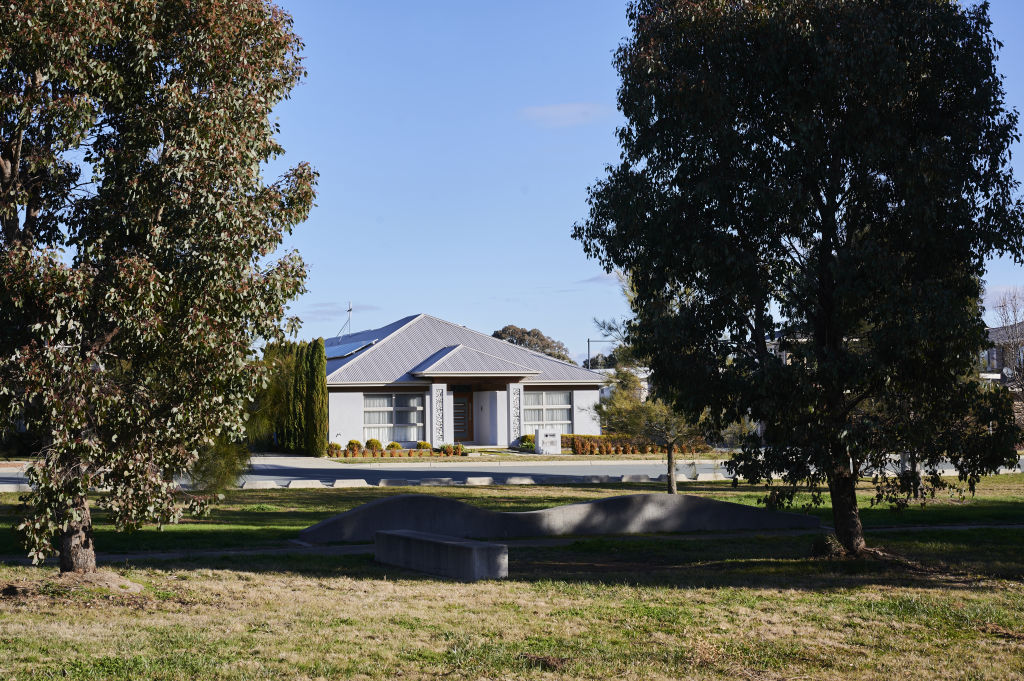
Anthony McCormack from Hayman Partners said he believed an increased demand for units had likely led to the price increases.
“Because the interest rates have shifted so dramatically and quickly, what’s happened is that the first-home buyers, downsizers and investors have just been pushed back into that market, mainly out of affordability, I believe,” he said.
“I think supply probably slowed through the pandemic as well, and we’re still seeing a bit of a lag in that area. Material costs went up, labour costs have gone up, and it’s been hard to get the labour as well, so I think there’s a bit of volatility around those spaces that have caused a slowdown in the supply, and I think that’s what’s underpinning the current market.”
The Gungahlin suburbs of Taylor and Bonner were the top performers across Canberra when it came to house prices, recording 28.6 per cent and 11.3 per cent increases, respectively. Also rounding out Canberra’s top 10 of year-on-year price increases were units in Barton (25.6 per cent) and Narrabundah (11.2 per cent), which McCormack believed was due to a change in housing stock.
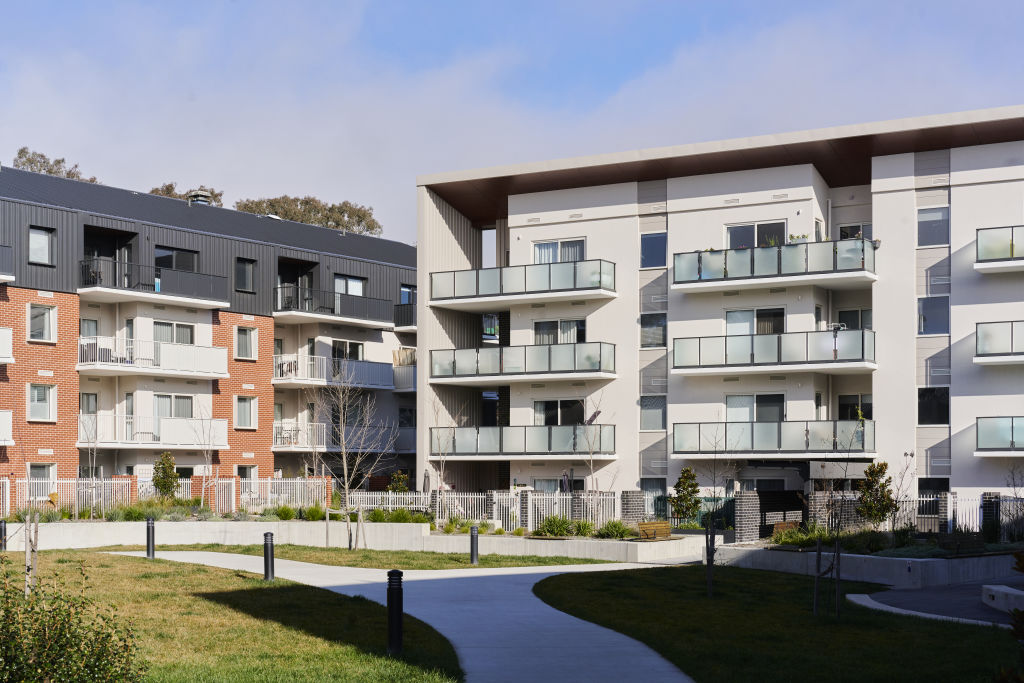
“A few of those inner suburbs are going through a real gentrification phase, where some of these older houses are being knocked down and higher- to medium-density properties are going in,” he said.
“Subsequent buyers that have been in the market for a long time are going into those areas due to the location and the amenities that are around, and then they’re downsizing into those kinds of properties.”
Mark Larmer from Suburbia Real Estate said unit stock had been moving well in Canberra which he attributed to an undersupply of units and fewer developments.
“With fewer developments out there competing with the established stock, there’s just less in the established market available for both units and houses,” he said.
“I think it’s a low volume of stock that’s the real story here. Low volume of stock leads to proportionately higher buyer demand, and, with units, low development stock means that the established market is in more demand because buyers just don’t have a choice.”
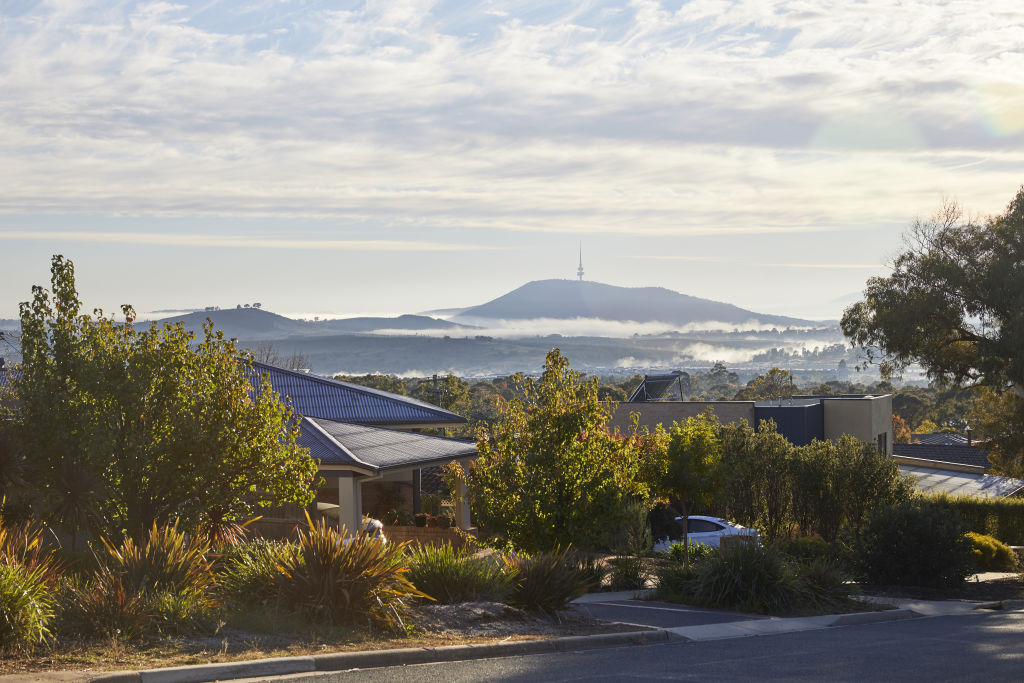
Larmer also said he had noticed a change in buyer demographics, with the majority of sales led by live-in owners.
“They’ve got more urgency, more desire, whereas an investor is, like, ‘Interest rates are high, rents haven’t jumped up as much as they have.’ They’ve got to compete against live-in owners and pay premium purchase prices. So they’re not often the top bidders on the property because they don’t have the same urgency to buy.”
While Canberra house prices overall flatlined during the June quarter, figures suggest they have passed a price trough and may rise in line with other capital cities.
“We’ve had our price drops last year, we’re back into a very balanced normal market now,” McCormack said. “People are a lot more confident around what they can borrow; they understand where the interest rates are.
“So that transition has happened, and I think that they’re just more comfortable around getting back into the property market.”
We recommend
We thought you might like
States
Capital Cities
Capital Cities - Rentals
Popular Areas
Allhomes
More


